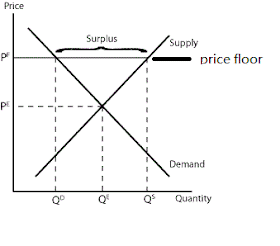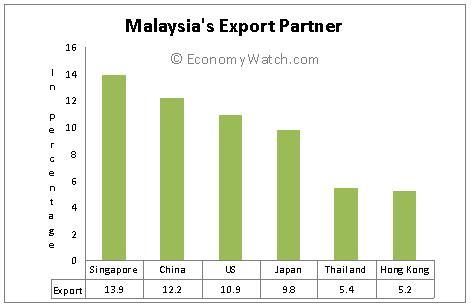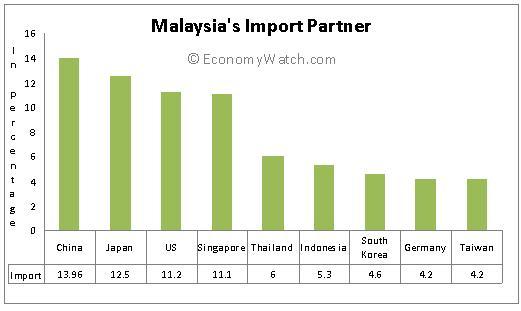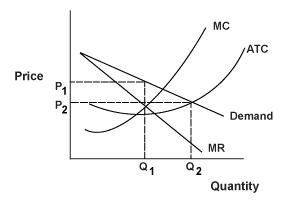According to the 2015 Economic Census, Malaysian households consume more processed foods and beverages than primary agricultural products. – The Malaysian Insight file
MONOPOLY, a weak ringgit, and consumption tax will further push food prices above Malaysia's inflation rate in the coming years, a think tank said, despite better economic data. According to the Food Policy Institute (IDKM), the country’s high food prices were due to several factors, with the monopolies over food imports and supply of locally sourced fresh produce having the greatest impact.
IDKM laboratory chief Dr Yusof Saari, who has advised the government on food policy, said as the rise in prices did not match the slower rise in wages, consumers would continue to be burdened by higher living costs.
Yusof added that dearer food next year would most affect the the middle class, or the M40 income group, and the effects were already visible.
For instance, consumers were unable to buy in large quantities or they are skimping on quantity and quality to stretch their ringgit, said the Universiti Putra Malaysia lecturer.
“People can’t buy 10 or 15kg bags of rice anymore. So they are buying smaller bags of 1 or 2kg while waiting for the next salary," he told The Malaysian Insight.
Yusof said before the subsidy was abolished, there was high demand especially in urban areas for low-grade 15% broken rice known as “ST15” that was usually reserved for the poor.
The price of ST15 was subsidised at RM7.50 per kg but the programme was stopped in 2015 due to leakages.
Monopolies over food imports and supply of locally sourced fresh produce have the greatest impact on food prices. says an expert. – The Malaysian Insight file pic, November 17, 2017.
Data from the Statistics Department show that food and non-alcoholic beverages are the highest rising components in the Consumer Price Index – a measure of inflation.
In September, food and non-alcoholic beverages went up by 4.3% compared with the same period last year.
“Our problem is the monopoly of certain companies, which makes things worse when our ringgit weakens and petrol prices increase.
“It is also not because our farms don’t produce enough. Even if they do produce a lot it is pointless if consumers cannot afford it.”
Malaysia imported food because it made more economic sense given that the imports cost less than local produce, he said.
Diyana Ibrahim
Source: https://www.themalaysianinsight.com/s/23211/
Diyana Ibrahim
Source: https://www.themalaysianinsight.com/s/23211/
Conclusion:
Monopolies in the supply chain were aggravating the price increases and in some cases, causing food costs to rise.
They also controlled the market and giving consumers fewer choices in price and quality.
They also controlled the market and giving consumers fewer choices in price and quality.
There are also monopolies over local food production, such as of rice which is controlled by Bernas. There are other companies that sell rice but they source the rice from Bernas.
The result of all this is that consumers have fewer choices and food producers have little incentive to offer better quality and prices.
I think the better solution was to get rid of monopolies that were controlling market prices. We won’t stabilise food prices even if we increase wages. We have to change our food supply chain, so that our market can work the way it is supposed to.











